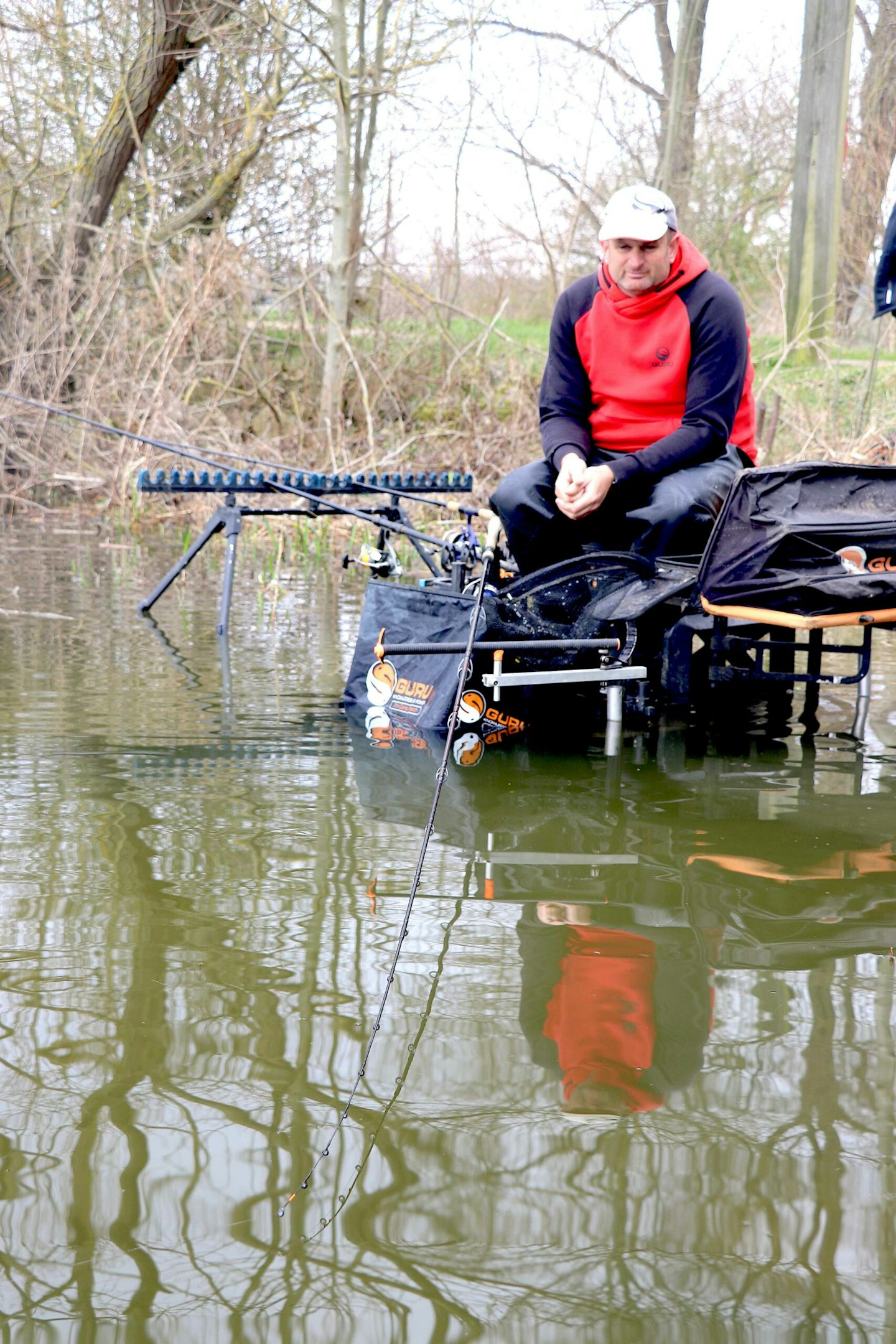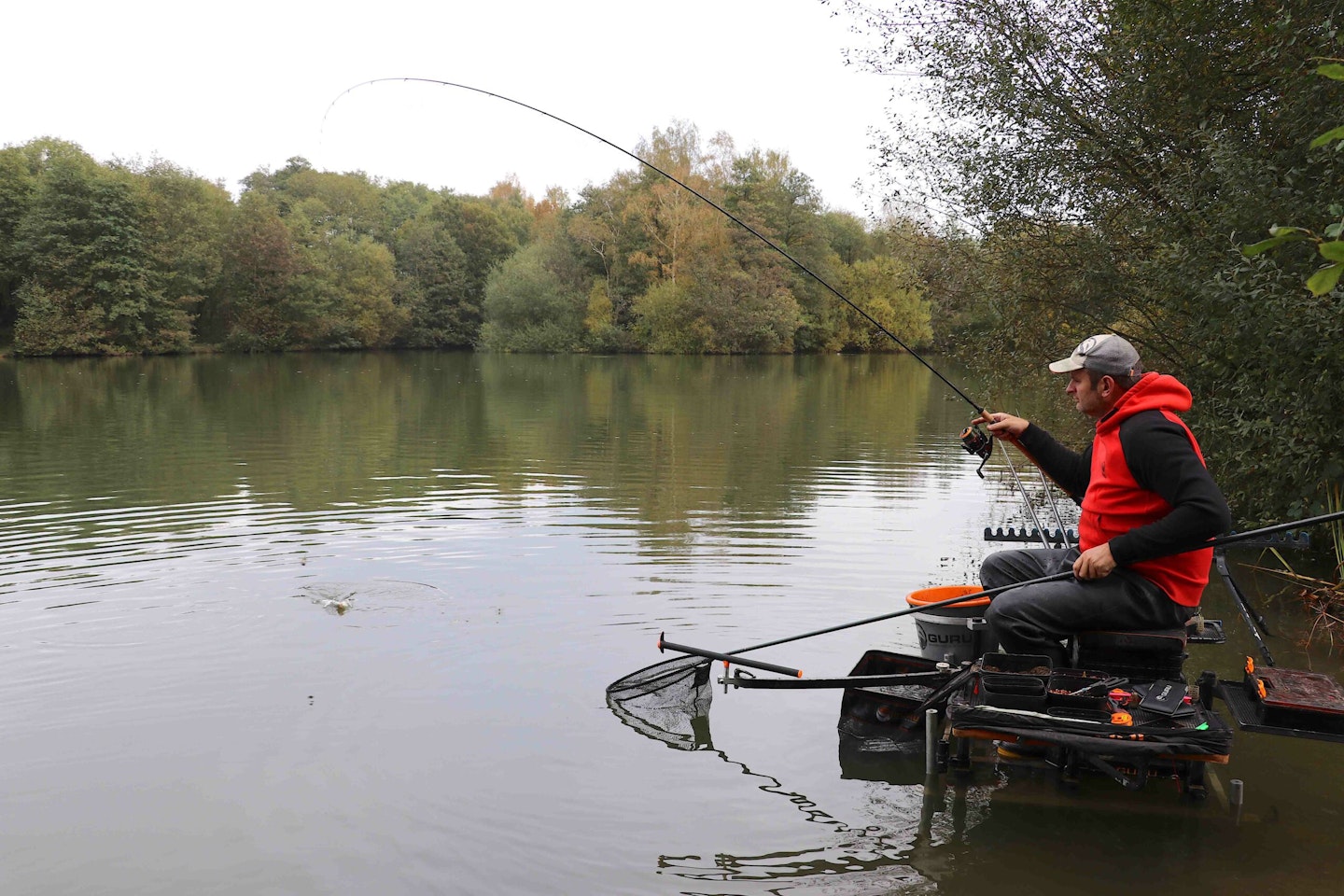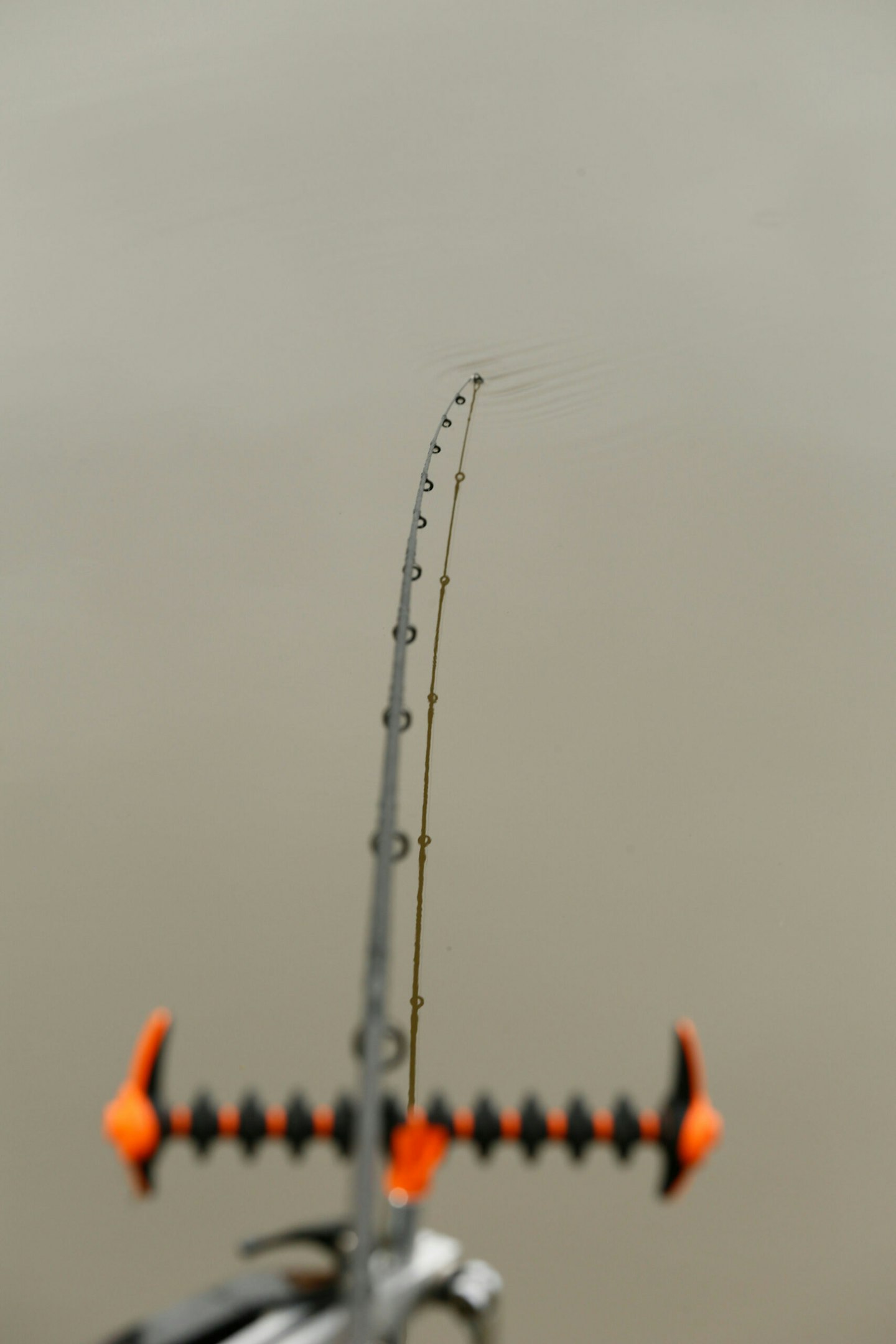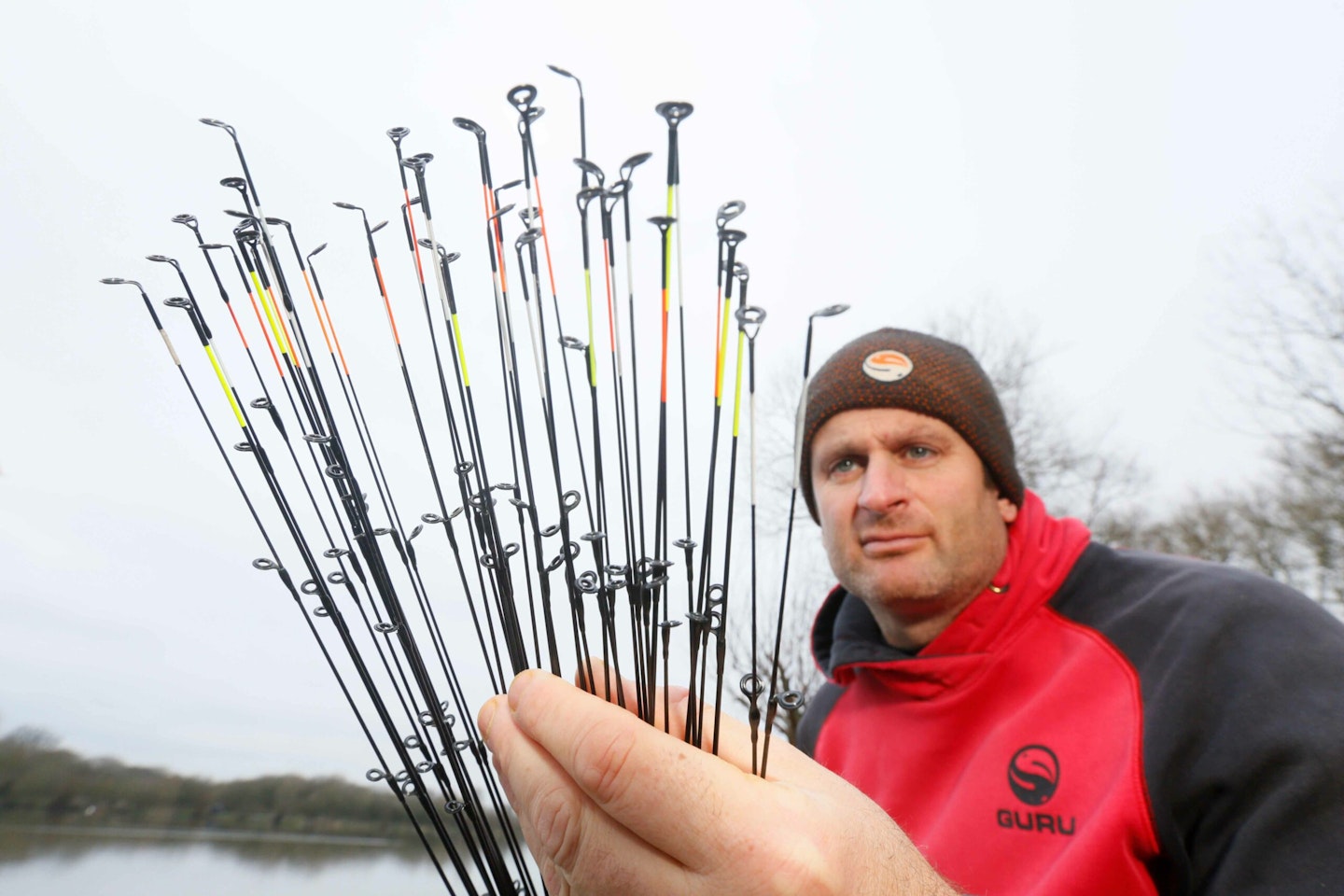Occasionally I get asked about how much bend to put in the quivertip when waiting for a bite, but the answer isn’t always as straightforward as you might think.
Some people think that if the tip’s too slack you’ll never see a bite, but too much bend means a bite can’t be seen. In some situations, these statements are true, but on commercial fisheries bites are often so positive that bite detection is rarely an issue.
The advent of braid and better rigs helps with this, we’ve come a long way from the days of using target boards, hunched over the rod and striking at the tiniest of taps!
That’s why, for most if not all of my feeder fishing, I’ll have the tiniest of bends in the tip. This lets me see a bite develop, judge what’s a liner, but still get a positive bite if a big fish picks the bait up and swims off.
ALWAYS SELECT THE RIGHT FEEDER ROD FOR THE JOB WITH OUR EXPERT GUIDE.

Lock up for snags
Fully locking the tip up only happens if I’m fishing to snags for big fish, or if they aren’t giving me proper bites on an inline feeder. Less slack line means less chance of losing fish in snags, and a locked-up tip creates a bolt rig effect.
FIND THE BEST ROD FOR FEEDER FISHING BY CHECKING OUT OUR LATEST BUYER'S GUIDES.

Go slack for silvers
Slackening the tip right off so there’s next to no bend in it works for small silverfish to 8oz. They can almost ‘bounce’ off the hook if the tip’s too tight, giving you jags on the tip that don’t develop. A slack tip allows you to see the bite properly.
USE ONE OF THE BEST FISHNG REELS, IT WILL HELP YOU IN LANDING MORE FISH.

No half measures
There’s no point having the tip at half-tension, and slack is always best if in doubt. The only time I may have the tip half bent is for big bream or carp, on the method or hybrid where bite indication isn’t an issue. They’ll pick the bait up and swim off, pulling the tip, and rod, round!
MAKING SURE YOUR ROD IS POSITIONED CORRECTLY WILL ENSURE YOU FISH EFFECTIVELY AND SEE BITES.

Match the weight
Match your tip strength to the size of the fish. For roach, use 0.5oz, while for big carp and bream, 2oz is better. But there’s no point trying to cast 60m with a fine tip; it needs to be part of the rod’s action, so for long casts, 2oz-3oz is ideal.
LEARN HOW TO SET UP A FEEDER ROD CORRECTLY WITH OUR BEGINNERS GUIDE.

